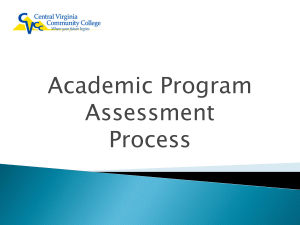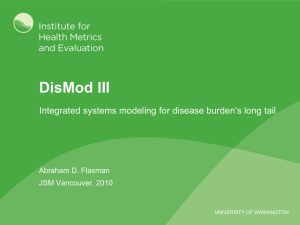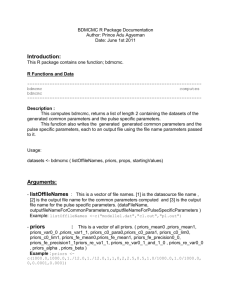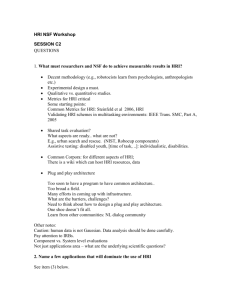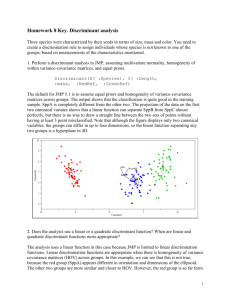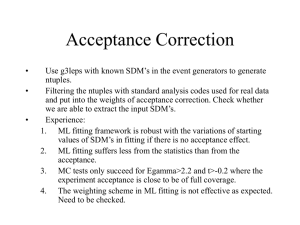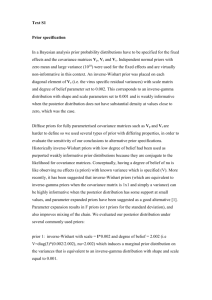Advanced techniques of precision photometry for
advertisement
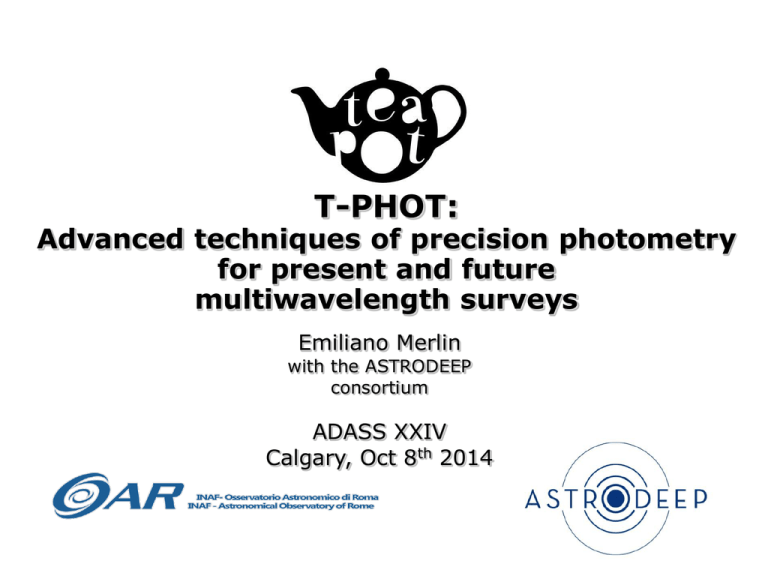
T-PHOT:
Advanced techniques of precision photometry
for present and future
multiwavelength surveys
Emiliano Merlin
with the ASTRODEEP
consortium
ADASS XXIV
Calgary, Oct 8th 2014
INAF – OAR: A. Fontana, E. Merlin,
R. Amorin, M. Castellano, P. Santini,
K. Boutsia
INAF – OABO: A. Comastri+
CEA – Saclay: D. Elbaz+
Univ. of Edinburgh: J. Dunlop+
STScI – Baltimore: H. Ferguson+
Immagine sito
www.astrodeep.eu
ASTRODEEP goals: 1) produce multiwavelength (FIR to X)
catalogs on a wide set of fields; 2) set a “best” standard procedure,
develop and publicly release the necessary software tools
Main concern: confusion/blending/overlapping of sources at decreasing
resolution and increasing wavelength
T-PHOT (Merlin+2014, in prep.):
A code for PSF-matched photometric analysis of
multiwavelength data using priors
PSF-MATCHED MULTIWAVELENGTH PHOTOMETRY:
BASIC METHOD
k
k = F‾¹
[F(PSF_LRI) /
F(PSF_HRI)]
TFIT (STScI – Papovich+ 1999, Laidler+ 2007):
CONVPHOT (OAR – DeSantis+ 2007):
-
-
C++ core (fitting) + Python envelop
10,500 lines .py + .cc (plus external libraries)
Requires many external tools (Python modules, IRAF, etc.)
Cell fitting + Dithering; best flux chosen geometrically
- 24 hours on a typical field (mostly because of Python
slowness in preparation and post-fit stages)
C
4,200 lines .c (plus external libraries)
Single fit on whole image
No FFT convolution
- 24 hours on a typical field (mostly because of pixels
summation convolution and of fitting procedure)
T-PHOT (Merlin et al. 2014, in
prep.)
* Python envelop, C/C++ cores
* Clearly organized in “stages” similarly to TFIT (with improvements)
* Fast: ca. 30 mins. on a “standard” CANDELS field with TFIT parameters
* Robust, and can handle large datasets with smart memory allocation
* Only needs Python modules Numpy, Astropy and Matplotlib, plus CFITSIO and
FFTW3 (no IRAF, STDAS, anfft)
* Versatile: includes all different choices and methods already present in TFIT and
CONVPHOT concerning smoothing (pixel summation or FFT), fitting (cells vs. single
fit, three methods for matrix solving, threshold, clipping of negative sources, dance
stage for kernel registration)
* Includes a cells-on-objects method, which combines the computational
efficiency of TFIT cells approach and the robustness of CONVPHOT single fit method
* Can operate with three different types of priors: real 2-d cutouts from HRI,
analytical models, or unresolved point-like sources
Real 2-d profile
cutouts from HRI
[catalog + HRI +
segmentation]
Analytical 2-d
(multicomponent
) models, e.g.
Galfit [catalog +
FITS stamps]
Measure input
Convolution
kernel
(and/or LRI PSF)
LRI +
RMS map
Convolved
templates
Linear system
minimization
FLUX CATALOG + DIAGNOSTICS
Priors input
Unresolved pointlike sources
[catalog]
Uses WCS info to
automatically compute
image shifts (must be
aligned and have
integer pixel ratio)
{
- Options
for matrix
decomposition
- Options for
fitting
- Options for
enhancing the fit
Locally
registered
kernels
Left: simulated HRI (fwhm=0.2”). Right: simulated LRI (fwhm=1”) and
residuals image [T-PHOT whole image fit using “real” priors]
Left: simulated LRI (SPIRE). Right: residuals image [T-PHOT whole image
fit using unresolved point-like priors]
Comparison of measured flux using single image fitting and cells-on-object
method on the same simulated field
ASSUMPTIONS, CAVEATS, ANALYSIS
- PSF dependence
- Prone to assumptions:
– → no morphology dependence on wavelength (for real priors...
how about multicomponent models?); no priors blending
Regions from UDS I band residual images. Left: TFIT “official” catalog; right: T-PHOT
with cells-on-object method and revised kernel registration
Euclid: T-PHOT vs. APERTURE PHOTOMETRY on simulated data
SUMMARY:
- T-PHOT is fast, robust, versatile and accurate :)
- Works fine on FIR to UV datasets, uses three types of priors
- It is promising as the weapon of choice
for future (large, demanding) surveys (… Euclid?)
HOW TO GET T-PHOT:
http://www.astrodeep.eu/t-phot/
emiliano.merlin@oa-roma.inaf.it
